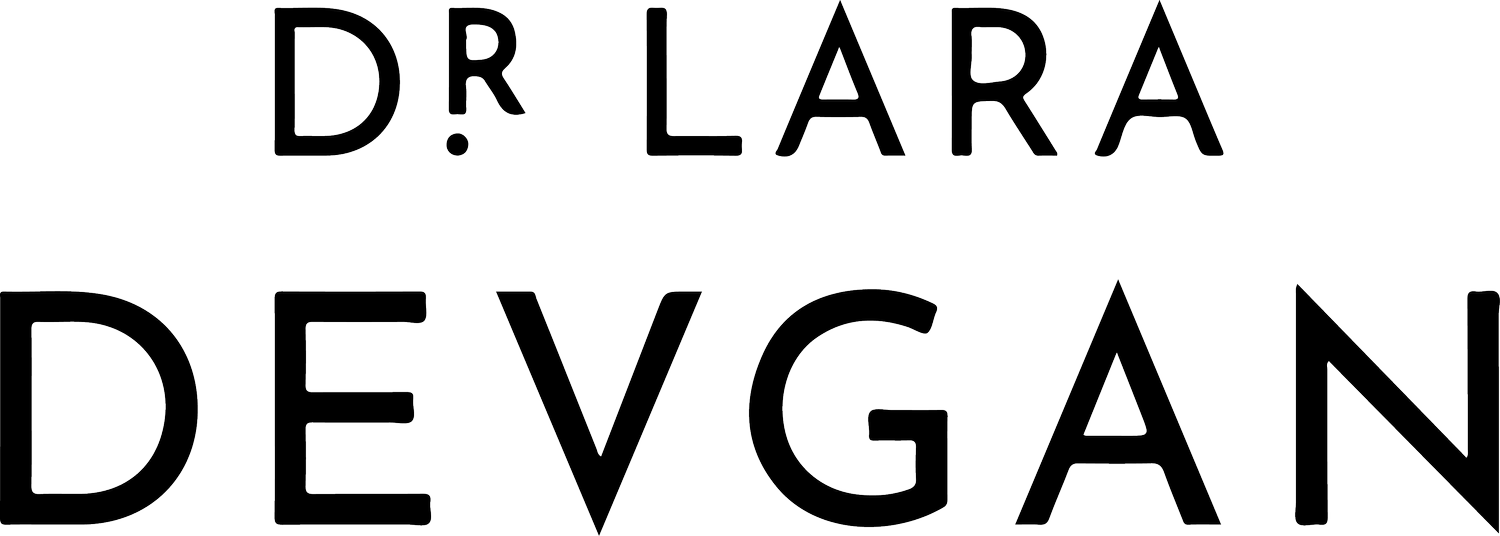Actual patient of Dr. Devgan, before and after facelift (short-scar approach).
Actual patient of Dr. Devgan, before and after facelift and necklift (short-scar approach) with fat grafting.
Facelift and necklift are two of my favorite plastic surgery procedures. The face and neck are not only the seat of identity and beauty, but they contain some of the most complex anatomy and delicate tissues on the human body.
When I am addressing the concerns of a patient interested in rejuvenation of an aging face or neck, there are a few key questions that I ask myself to help me achieve natural, beautiful, and durable results:
- What are the major issues that are concerning the patient? These could be fallen cheeks, jowls, deep wrinkles, neck bands, excess skin, or any combination of the above.
- What are the patient's tissues like? This is an assessment of skin type, complexion, thickness, sebaceousness, tendency toward scarring, and ability to heal.
- What are the unique anatomic characteristics that make this patient's face and neck different? Everyone has a set of qualities that give a sense of identity to their features. This could be deep set eyelids, prominent cheekbones, a beauty mark, or a baseline asymmetry-- really anything that makes you look like you.
- In what way does the patient's overall medical status impact the proposed operation? Major medical problems, allergies, connective tissue issues, use of certain medications like steroids, and substance use all impact my operative decision making, before, during, and after surgery.
From a surgical standpoint, the major differentiating factor between a modern facelift or necklift and the old-fashioned, pulled, tight, shiny, windblown look of Park Avenue in the 1990s is a deliberate treatment of the skin and substructure of the face as two separate anatomic planes. The SMAS (muscular substructure layer of the face) and the skin (the overlying covering) must be addressed separately and systematically in order to achieve a beautiful results.
For questions about facelift and necklift, please contact my office at office@LaraDevganMD.com or 212-452-2400.














